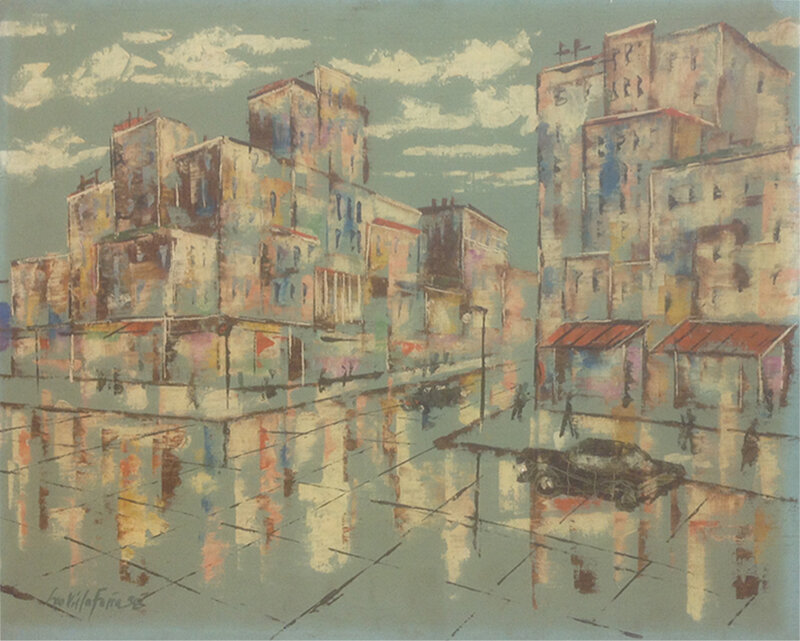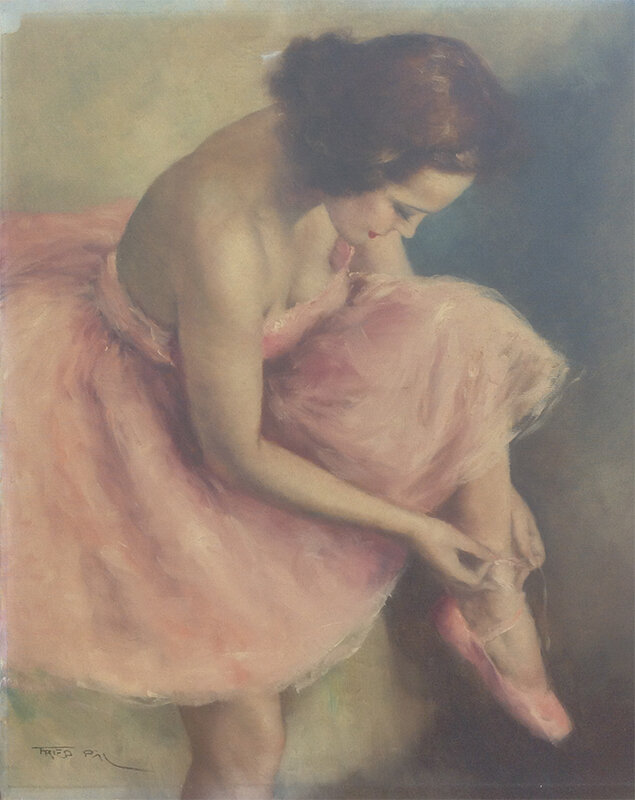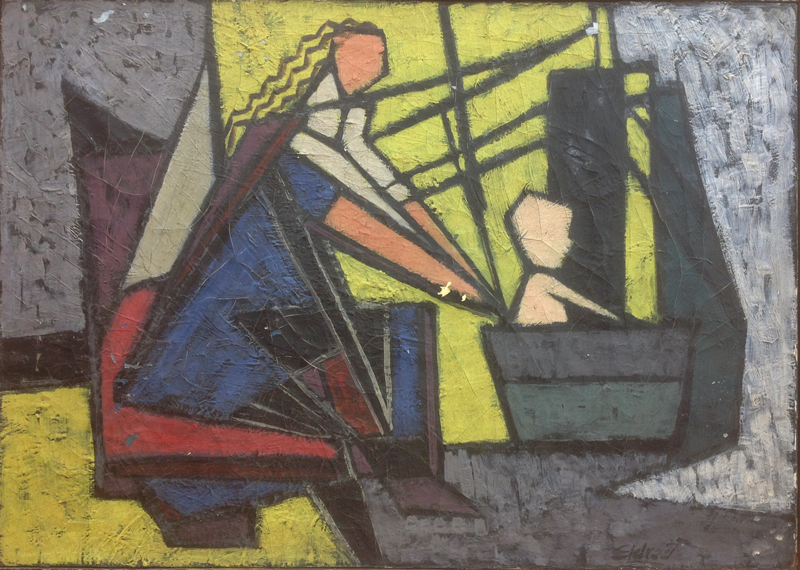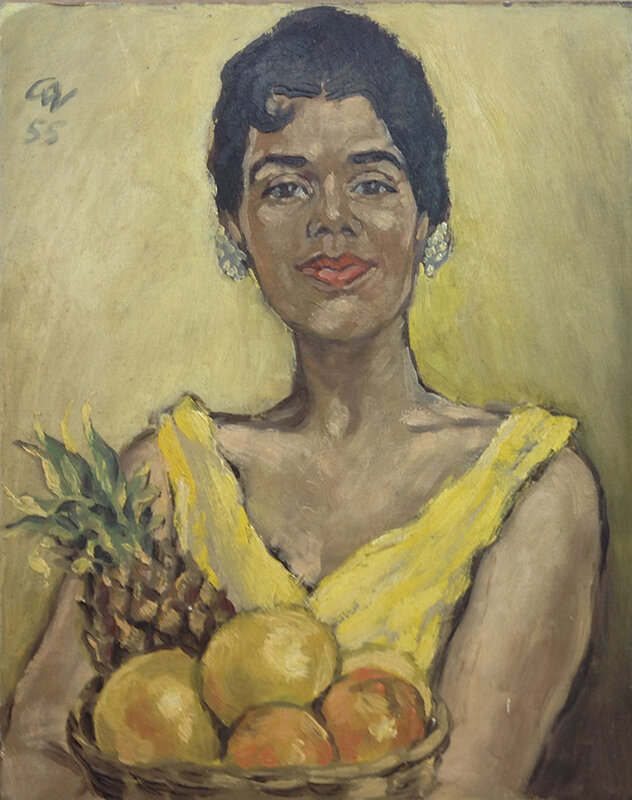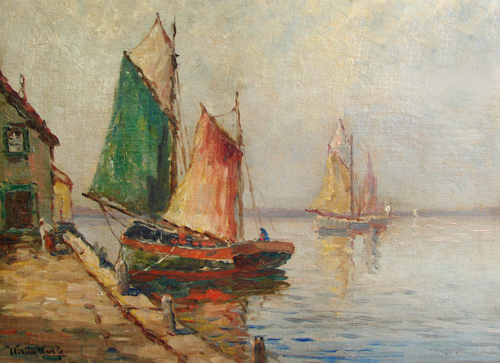Paintings & Frames
Over time, original artwork sustains all sorts of damage.
As conservators, we owe it to you and your artwork to recommend the best techniques for preserving it for future generations. We offer you the best options to restore your artwork, while maintaining the integrity of the piece. How can you provide the best care for your paintings? See our recommendations.
Paintings Deteriorate
Paintings are made up of organic materials—paints and pigments, wooden frames, and linen canvas—that naturally deteriorate. They can even become unrecognizable without intervention.
Each painting and frame is carefully considered on a case-by-case basis. A plan of care is established, and restoration begins. We use consolidation*, lining**, and in-painting*** to preserve your oil paintings.
All of the before and after images are of actual items that we have repaired, restored and/or conserved.
The CraftsmanshiP
Frames enhance artwork.
Especially if the artwork is in its original frame, or in one from an appropriate era. At Wiebold Studio, our conservators use time-tested, proven techniques to repair, restore, or conserve a frame either alone, or with its piece of art.
What Can We Do
Correct yellowing varnish
Restore shifting paint colors
Remedy cracked or flaking paint and pigment
Repair rippled, loose, dry, or rotted canvas
Repair cracks and out-of-joint corners
Repair broken frame embellishments and ornamentation
Recreate missing ornamentation
Regild or touch-up your gold and silver leaf
Toning and glazing to blend repairs with original finish
Page Glossary
*Consolidation: A technique for securing flaking ground or paint. Consolidation can be done in a single location on the painting or to the overall work utilizing a heat table.
**Lining: Severe damage can sometime make it necessary to add a secondary backing to the painting.
***In-painting: Using either photographs of the artwork or cues from the artist's brushstrokes as a guide, conservators can touch up portions of a painting that have been ripped, torn or flaked away, restoring the painting to the artist's original intention. This technique is known as inpainting. It is different than overpainting, when paint is applied over original paint, and it is not an acceptable conservation technique.
Related Terms
Carved Wood, Oil Paintings, Watercolors, Family Portraits, Decorative Arts, Fire, Smoke, Soot, Holes, Rips, Tears, Cracks, Flaking, Crackalure or Craquelure, Crazing, Filet or Fillett, Flaking, Gold Paint, Peeling, Pigment, Varnish, Yellowing, Antique frame, Art frame, Gilt, Gold leaf, Ornate, Painting, Portraits, Rabbet or Rabbit, Silver leaf, Embellishment, Ornamentation
